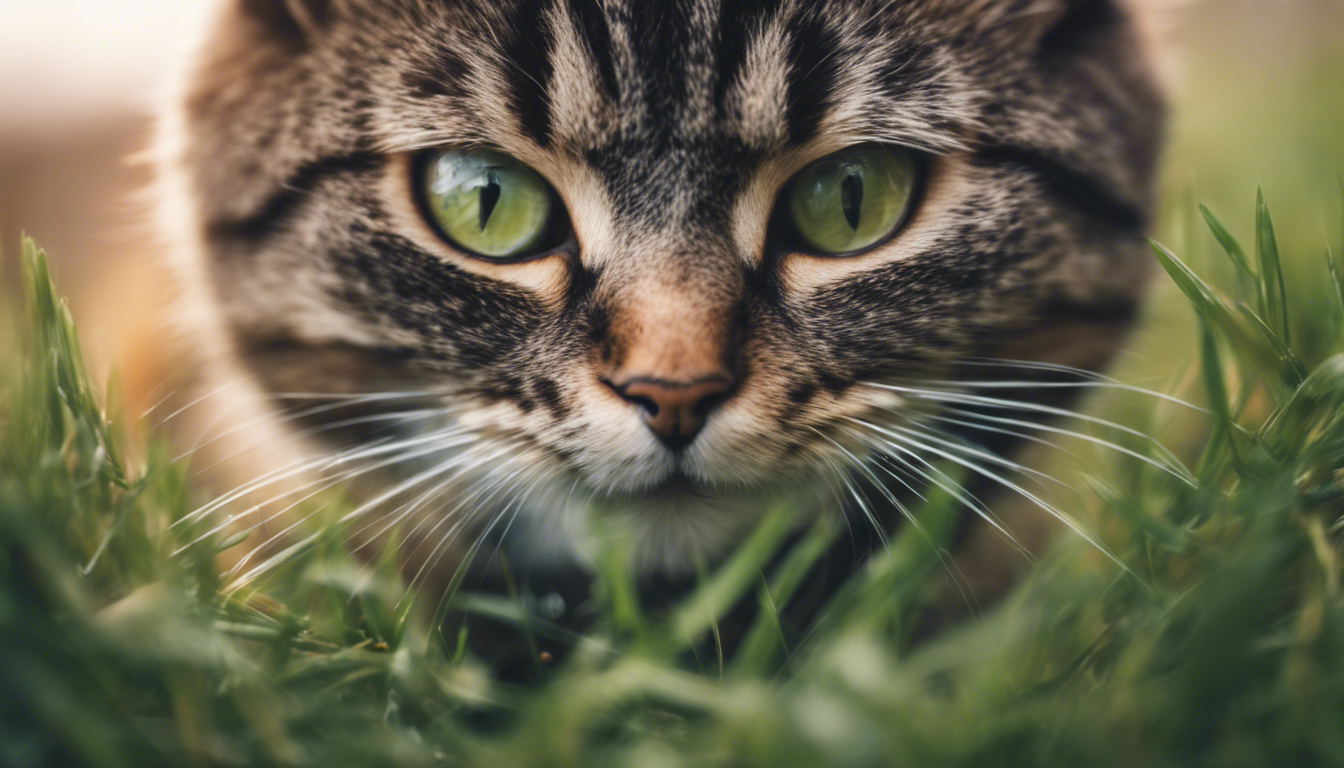Contents
Understanding Your Feline Friend’s Eating Behavior
Cats are mysterious creatures, full of quirks and peculiar behaviors that can leave their pet parents scratching their heads. One such unpredictable behavior surrounds their eating habits, particularly their occasional inclination for plant-based foods, like grass.
Cats and Grass: A Normal Phenomenon?
Yes, it is not uncommon for cats to eat grass. Often, pet owners panic about this unusual habit, but experts have sought to debunk such fears. Eating grass, for cats, is a natural instinct that can have several reasons.
The Purpose of Grass in a Cat’s Diet
Firstly, grass contains folic acid, an essential vitamin that aids in the production of hemoglobin, the protein that moves oxygen in the blood. Furthermore, grass can act as a natural laxative, helping cats pass hairballs more smoothly. Additionally, some believe that cats eat grass as a method of self-induced vomiting to cleanse their system of unwanted elements, such as feathers, bones, or fur.
The Potential Risks of Grass Consumption
While there can be benefits to grass eating, it is crucial for pet owners to also be aware of the potential risks. Outdoor grass can be exposed to a range of harmful elements like pesticides, chemicals, and toxic plants. As such, it is paramount that cat owners ensure the greenery their feline friends nibble on is safe.
Managing Your Cat’s Grass Consumption
Providing Safe, Indoor Grass Alternatives
One way to ensure your cat’s safety while still nourishing its grass cravings is by growing cat-friendly greens indoors. Plenty of pet brands, like Meow Greens or Petlinks, offer organic indoor grass kits that are safe and beneficial for your feline friend.
Monitoring Your Cat’s Response to Grass
In addition to providing safe grass alternatives, it’s also necessary for pet owners to keep a vigilant eye on their cat’s reaction post grass consumption. If your pet shows signs of excessive vomiting, lethargy, loss of appetite, or discomfort, it might be best to consult with a veterinarian immediately.
FAQ
1. What kind of grass is safe for my cat?
Common types of cat-friendly grass include wheatgrass, ryegrass, and oat grass.
2. How much grass can my cat safely eat?
Ideally, cats should only nibble, not consume large quantities of grass. Too much grass could lead to an upset stomach.
3. How often should I let my cat eat grass?
While sporadic grass eating is common in cats, daily grass nibbling could be indicative of dietary deficiencies and should be checked by a vet.
In essence, understanding your cat’s eating habits, particularly towards grass, can play a critical role in ensuring its overall well-being. By observing its behaviors, providing safe alternatives, and acting promptly when signs of discomfort appear, you will not only decode your feline friend’s love for grass but also nurture its health and comfort.





